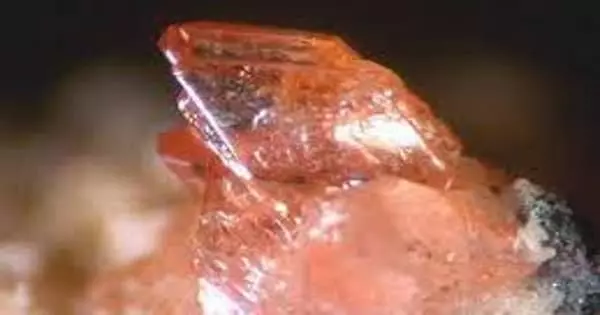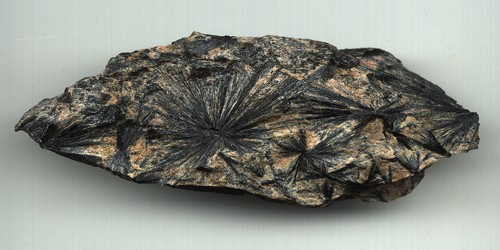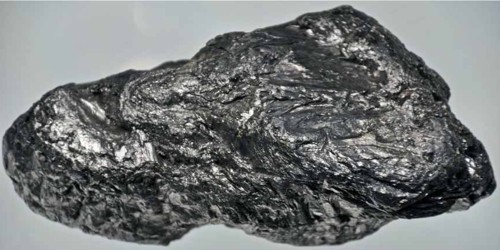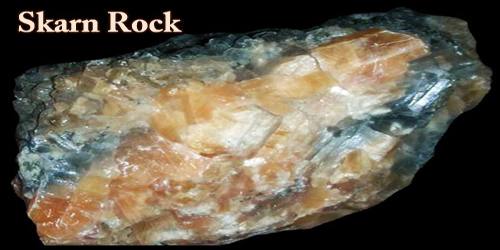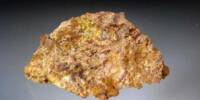Ordoñezite or ordóñezite is a rare tetragonal zinc antimonate mineral with chemical formula: ZnSb2O6. It is a rare mineral consisting of an antimonate of zinc, belonging to the tetragonal system and occurring as brown crystals. It is tetragonal pyramidal mineral found in rhyolite fractures.
It was named in 1955 by George Switzer and William Frederick Foshag in honor of Ezequiel Ordoñez, professor of mineralogy and geology at the Escuela Nacional Preparatoria, where he also worked on the geologic map of Mexico published in 1889. Ordoñez became an expert in petroleum geology and greatly influenced the development of petroleum extraction. Ordoñez was eventually appointed head of the Instituto de Geologia de Mexico.
General Information
- Category: Antimonate mineral
- Formula (repeating unit): ZnSb2O6
- Crystal system: Tetragonal
- Crystal class: Ditetragonal dipyramidal (4/mmm)
- Color: Very light to very dark brown, colorless to pearl-gray, light yellowish olive to dark olive

Properties
Optical properties include: semitransparent, very light to very dark colorless to pearl-gray, light yellowish olive to dark olive. It occurs in small pale to dark brown tetragonal crystals showing the forms {001}, {011} and {110}, and usually twinned on {013}. Its physical and optical properties are as follows: cleavage none, fracture conchoidal, hardness 6½, specific gravity 6.635 (calculated 6.657), luster adamantine, uniaxial (+), n > 1.95.
- Crystal habit: Pyramidal crystals in drusy or stalactitic masses
- Twinning: Common on {013}
- Fracture: Conchoidal
- Mohs scale hardness: 6.5
- Luster: Adamantine
- Diaphaneity: Semitransparent
- Specific gravity: 6.635
- Optical properties: Uniaxial (+)
Occurrences
Ordoñezite occurs in small veinlets in rhyolitic rocks associated with cassiterite, cristobalite, tridymite, hematite, sanidine, topaz, and fluorite. It was first discovered and documented by Ezequiel Ordóñez (1867-1950), a Mexican geologist, formerly director of the Geological Institute of Mexico. It was first described in 1953 for an occurrence with cassiterite in veins in rhyolite in the Santín mine which is located about eight kilometers from Santa Catarina, Guanajuato, Mexico. Another locality is El Antimonio, 27 km (17 mi) southwest of Agua Prieta, Sonora, Mexico.
